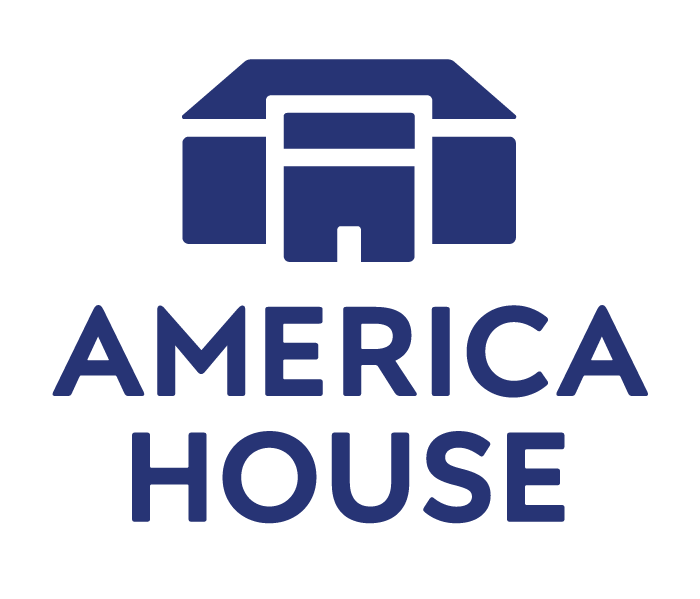Sal Khan: From Hedge Fund Analyst to Global Educator and Innovator
Sal Khan did not expect to become a teacher. With three degrees from the Massachusetts Institute of Technology, or MIT, and a Master’s of Business (MBA) from Harvard University, Sal was working as a hedge fund analyst in Boston. In 2004, Sal began remotely tutoring his cousin, who was struggling with math. With Sal’s help, she began to perform better and better in class. Word quickly got around, and many students eagerly asked Sal to tutor them, too. In order to reach a growing number of students, Sal began posting short videos on YouTube in 2006, in which he used colorful and interactive notes to thoroughly break down math problems. He also began designing software so students could practice and master math concepts with confidence. With increasing demand for his videos, Sal realized he was at a crossroads in his life.
Should he continue making videos and educational content for students? Or should he remain at his job as a hedge funder? Though his idea was still in its infancy at the time, Sal decided to pursue teaching. Khan Academy was founded as a non-profit organization in 2008, and Sal quit his job as a hedge funder in 2009 to devote himself fully to Khan Academy. In 2010, Khan Academy received generous grants from both Google and the Bill and Melinda Gates Foundation. Now, celebrating its ten year anniversary, Khan Academy is changing the way both students and teachers think about education.
What Khan Academy offers
Perhaps a better question would be, “What doesn’t Khan Academy offer?” With thousands of videos and practice problems covering dozens of topics, the world is truly at your fingertips. Do you need a refresher in your math class? Are you interested in science? Do you want SAT or ACT prep? Have you always been curious about art history, finance, or computer science? Khan Academy has it all, and it’s 100% free, always. In addition, most, if not all, of the videos are subtitled in over 50 different languages, so there is no fear of a potential language barrier if English is not your first language. One of the best features of Khan Academy is that you can learn at your own pace. If you don’t understand a concept, you can simply rewind the video and rewatch it at your leisure. With each video and set of practice problems you complete, you also have the ability to earn points and badges, so learning is never dull or boring. On the contrary, it’s exciting!
Khan Academy in the classroom
Over the years, more and more teachers have adopted a “flipped classroom” model, thanks to Khan Academy. What does “flipped classroom” mean? Let’s say you’re learning how to calculate area and perimeter in your algebra class. What usually happens? The teacher stands in the front of the room, lectures to you and your classmates, and then you’re assigned practice problems to do at home for the next day. In a flipped classroom, the process is reversed.
Before you come to class, you watch the appropriate Khan Academy lectures about area and perimeter, at your own pace and on your own time. Then, during class, you complete practice problems and have the ability to ask both your teacher and classmates for assistance. Pretty innovative, huh? Sal has a term for this. It’s called “humanizing the classroom” because there is increased positive engagement between students and teachers. With this model, teachers can assure that students are actually understanding the material being taught, since they can use Khan Academy to track students’ progress and zero in on students who are struggling. Likewise, students are able to benefit from an education that’s suited to their unique needs, and they can take the time to really understand what they’re learning before moving to the next concept, thus reducing “swiss cheese gaps” in their education!
Who can use Khan Academy?
Khan Academy’s mission is to “provide a free, world-class education to anyone, anywhere.” From elementary schoolers, to parents, to college students, to kids with special needs, Khan Academy has the power to help you achieve your dreams!
Vocabulary:
Hedge fund analyst: a job that deals with investments; in the finance field
At your fingertips: within reach
Learn at your own pace: learn at whatever speed is best for you
Zero in: to focus on
Swiss cheese gaps: this is a term that Sal himself uses. Essentially, think about swiss cheese--it’s a cheese with holes in it. In using “swiss-cheese gaps” Sal is describing the gaps that students sometimes have in their education as a result of not learning at their own pace and really mastering concepts before going on the next one.
ABOUT THE AUTHOR
A Texas native, Bianca Navia is currently in her junior year at Arizona State University, pursuing a dual major in Political Science and Global Studies. She is most passionate about international affairs, diplomacy, foreign languages, traveling, and teaching. A fun fact about her? She’s the oldest of four sisters in a big Cuban-Italian-American family!





